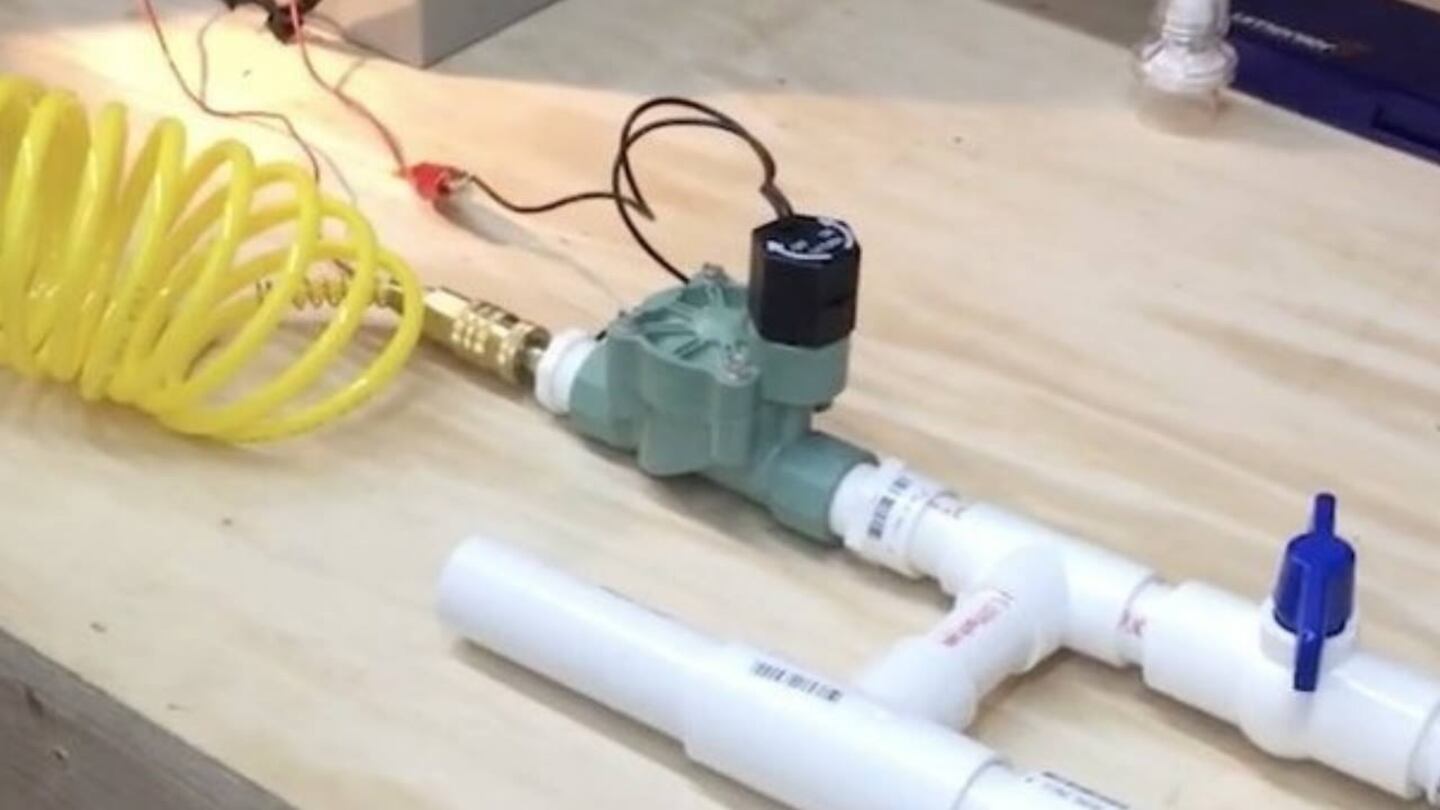GAINESVILLE, Fla. — Here’s a new project for do-it-yourself lovers. It could save someone’s life.
A professor of anesthesiology at the University of Florida is building an open-source ventilator out of items consumers can buy from hardware stores as a way to meet the demand for ventilators since the outbreak of the coronavirus pandemic, WCJB reported. The cost? Anywhere from $125 to $150.
>> Coronavirus: Remington Arms offers to build ventilators, hospital supplies
Samsun Lampotang helped respiratory therapist colleagues build a minimal-transport ventilator when he was a mechanical engineering student at the Gainesville school decades ago. That product became a commercial success, according to University of Florida Health. Now, with the need for ventilators skyrocketing, Lampotang searched for a way to produce a model. He wanted to build his prototype using everyday components that could be copied from an online diagram, according to UF Health.
Researcher at @UF lead the way in rapidly designing, building low-cost, open-source ventilator. https://t.co/xZjl9qx66Z
— UF Health News (@UFHealthNews) March 25, 2020
Lampotang sent a member of his team to a Home Depot store in Gainesville, where the staffer bought airtight PVC water pipes and lawn-sprinkler valves. The team then used those items, along with a microcontroller board and a ham radio with a DC power supply, to create an open-source ventilator, the university said.
“The way I looked at it is, if you’re going to run out of ventilators, then we’re not even trying to reproduce the sophisticated ventilators out there,” Lampotang told UF Health. “If we run out, you have to decide who gets one and who doesn’t. How do you decide that? The power of our approach is that every well-intentioned volunteer who has access to Home Depot, Ace (Hardware) or Lowe’s or their equivalent worldwide can build one.”
>> Coronavirus checklist: 100-plus disinfectants that may kill coronavirus on surfaces
Lampotang hoped to have the final design completed by the end of the weekend, WJCB reported. Then, it will be tested for up to two weeks to confirm its safety, the television station reported.
"My sincere wish is that all the effort we are doing is never used," says @UFHealth/@UF_Anesthesia professor Samsun Lampotang "But on the other hand, I think I would be remiss as an engineer and a member of the University of Florida faculty if I don't do anything about it." pic.twitter.com/JhlLxAUYxU
— FLORIDA (@UF) March 28, 2020
“The key message is the technology works. Whether it’s safe, we don’t know," Lampotang told the television station.
>> Coronavirus symptoms: What you need to know
Lampotang, who owns 43 patents, said he will not try to patent the ventilator if it is successful, UF Health reported. Instead, pending the university’s approval, he will make it an open source for engineers and hobbyists worldwide. Lampotang said he team was working on adding more safety features to the ventilator, and then running engineering tests to determine the product’s safety, accuracy and endurance.
>> Coronavirus: Know the facts directly from the CDC
“You need a way to force air into the lungs of a patient, and then you need a way to not force air, so that the air that was forced in can come out," Lampotang told WJCB. "In a nutshell, that’s all you need for a ventilator.”
>> Coronavirus: Can the government make you stay home if you are sick?
While his concept seems simple and acquiring the parts is not difficult, Lampotang said he hopes the ventilator will not be necessary during the current pandemic.
“When all this comes to pass and the world settles down, we hope it will be repurposed for use in underdeveloped countries, so they can build a safe and inexpensive ventilator for themselves,” Lampotang told UF Health.








